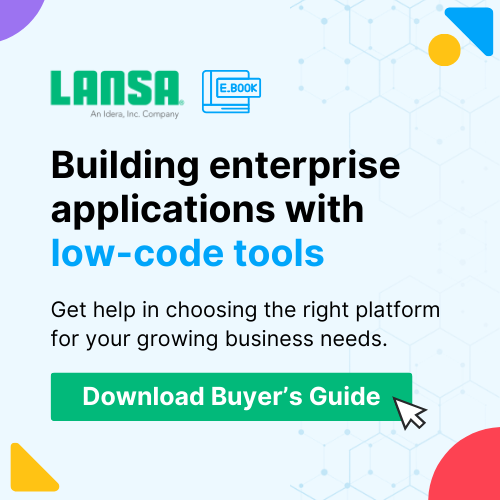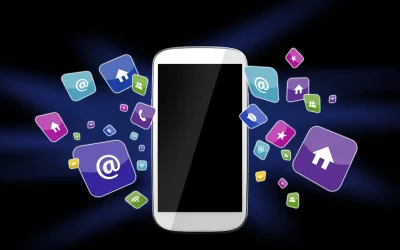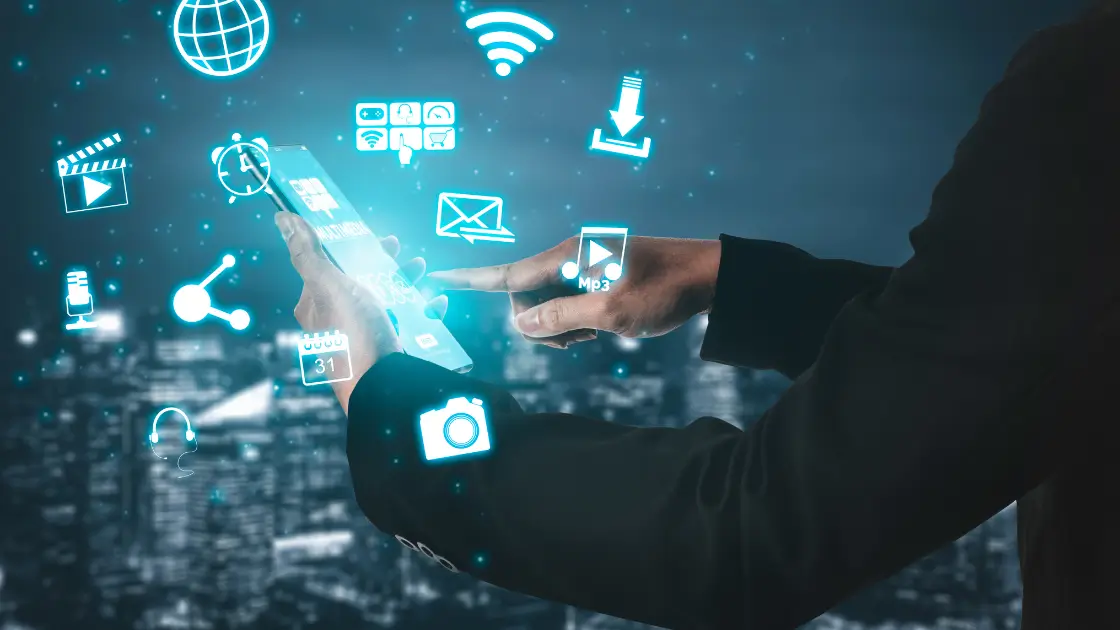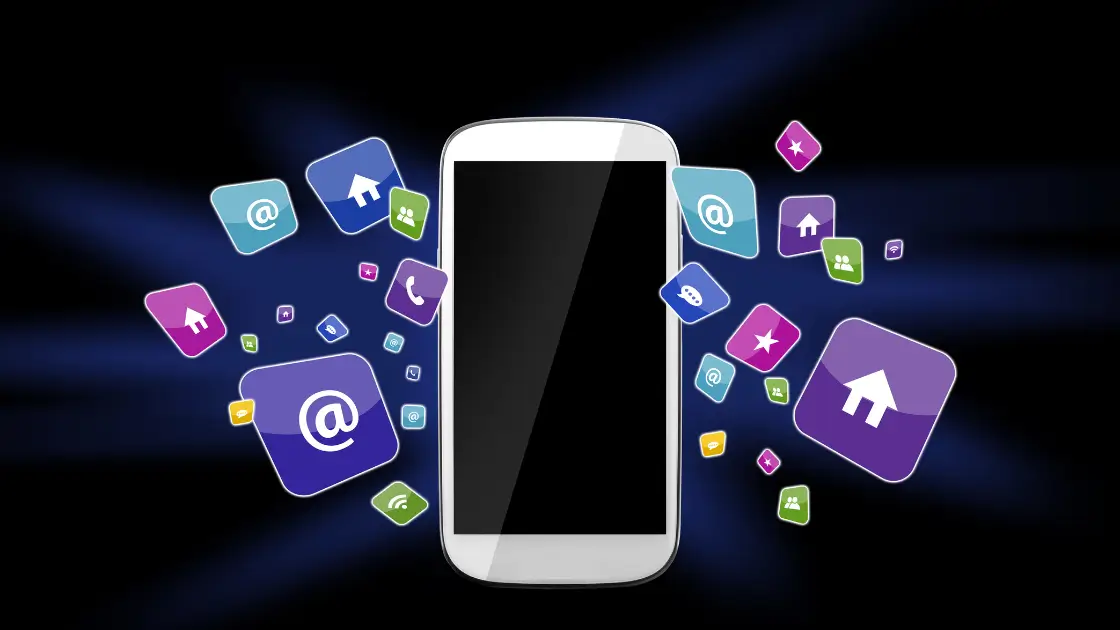The B2B e-commerce market continues to evolve, growing in popularity thanks to its convenience and data integration potential. Similar to how B2C e-commerce became the norm, B2B e-commerce solutions are becoming so common that, for many organizations, they are, or soon will be, necessary to keep up with the competition. The following 10 b2b ecommerce trends highlight several reasons why B2B e-commerce has been exploding and paint a picture of what’s coming on the horizon.
Key Insights
- Effective B2B eco-coerce solutions customize the buying experience for each customer using data from previous visits, as well as browsing habits.
- A modern B2B ecom-merce system should integrate with other systems, such as an inventory management solution and shipping system.
- Self-service buying has grown in popularity, with 71% of B2B buyers feeling comfortable spending $50,000 or more without interacting with a human.
- LANSA Commerce Edition empowers businesses to create a fully customizable e-commerce system that integrates with many ERPs
B2B eCommerce Statistics
The rise of business-to-business (B2B) ecommerc-commerceen meteoric. Just a few years ago, in 2021, only about 51% of B2B companies were selling online. [1] Now, that number has spiked to about 65%. [1]
The widespread acceptance of e-commerce- in a B2B context has permeated both sides of the transaction table. Customers used to prefer in-person sales. In fact, in the beginning of 2021, in-person sales were outperforming ecommerce transactions, with 27% of buyers choosing in-person transactions and 22% opting for an ecommerce channel. [1]
However, by the end of 2021, those statistics had already reversed: Thirty-two percent of buyers preferred ecommerce and 23% chose in-person purchases. After that reversal four years ago, the sector never looked back. As evidenced by the following 10 B2B ecommerce trends, the future of B2B commerce is bright, leverages the latest technology, and focuses on highly personalized experiences.
Top 10 B2B eCommerce Trends for 2024
Here are the most pivotal B2B ecommerce trends in 2024, all of which are poised to impact the future of B2B ecommerce.
Upgrading Legacy Systems
By upgrading your legacy system, you provide a more seamless experience for users and ease the process of integrating other systems with your ecommerce solution. For instance, one of the top benefits of wholesale B2B ecommerce is an improved buying experience for customers.
Some legacy ecommerce solutions may work as standalone operations. As such, they only “integrate” data via manual, backend inputs made by a webmaster or someone else with access to the ecommerce app.
In 2024 — and beyond — upgrading these kinds of legacy systems paves the way for automated data integration that can save countless hours and introduce novel automation.
For example, by upgrading to an integrated solution, you can automatically sync your ecommerce platform with both your ordering and inventory systems. For example, if a retailer were to sell more than anticipated, their system could automatically generate purchase orders for more goods without any human intervention.
In addition, by integrating your ecommerce platform and inventory system, you can use inventory levels to generate messages to buyers interacting with your site’s front end. For instance, as the quantity of an item falls below a certain level, your customers can see alerts, such as, “Only 5 of these left in stock.”
Investing in an eCommerce Platform
Even though pre-built ecommerce website templates have been effective for some businesses, they often lack the features that you get with a more robust ecommerce platform.
For example, a web template can provide a shopping cart, a Buy-It-Now button, and other helpful features. On the other hand, you would be hard-pressed to find one that automatically synced with your accounting system. If, for example, you want your balance sheet to reflect every purchase and return made through your ecommerce platform, you may have to look beyond Wix.
Forward-thinking companies are investing in full-fledged ecommerce platforms, both for their enhanced features and to future-proof their organizations as customer needs evolve.
Personalizing the Online Shopping Experiences
Online shopping has been quickly closing the personalization gap. In a traditional, in-person, store, you may have a shop owner, cashier, or other staff that remembers the kinds of products you tend to buy and understand your preferences. With modern web tools, ecommerce solutions have met or surpassed this standard.
For instance, if your ecommerce solution enables users to log in, each of their shopping experiences generates valuable data that you can use to customize their next visit. Everything from what they purchased to what they placed in their carts to pages they spent a long time reading can be used by your system to design the shopper’s next experience. When setting up an ecommerce solution for distributors, for example, you can use customer pricing to adjust the price that each customer sees when they log into your platform.
This is particularly helpful in a B2B context because business customers often hunt for products that they use to offer or improve their services. Knowing this, you can use traits such as the quantities of items purchased to recommend what they buy the next time they visit your platform.
Using Social Media Platforms
Social media is no longer strictly the domain of B2C companies, especially because people who work for B2B organizations often spend considerable time on social media platforms — both at work and at home. Therefore, when you incorporate social media selling into your ecommerce workflow, you are simply meeting customers where they already are.
For instance, companies incorporate links to buy products within their social media posts. This includes placing links to buying pages in YouTube video descriptions.
Further, B2B companies can leverage the comments section of a video to attract purchases. For example, by pinning your comment, you can keep it at the top of the comment section. If you were to include a link to a purchase page for a product featured in the video, all who visited the comment section would see that link at the top.
Social media selling is one of the more versatile B2B ecommerce tools, particularly because you have many opportunities to diversify how your buyers interact with your content. To illustrate, you could create a single video about one of your product’s features and post it on YouTube, TickTock, Instagram, and LinkedIn. You could also create a YouTube short. In this way, you create five different selling opportunities with a single piece of content.
Enabling Self-service Buying
The days of B2B buyers needing to speak to someone before making a large purchase are drawing to a close. According to a report by McKinsey & Company, 71% of B2B buyers are willing to spend $50,000 or more without speaking to a representative. [2]
This sheds light on what many may consider a surprising trend: The “human element” is becoming less of a factor for buyers as they commit to large purchases. Eliminating the need for human interaction should even be a consideration when setting up a B2B ecommerce system for manufacturers. Buyers across the spectrum are becoming more and more comfortable with navigating the buying process on their own.
This fundamentally alters the role of the sales rep. Since B2B buyers are willing to make larger transactions via self-service portals, the sales rep’s job can shift from being a “convincer” to a supporter — answering questions and walking a buyer through product features.
Furthermore, self-sales ecommerce portals also free up your sales staff to become customer relationship experts. Rather than starting the relationship with a pitch and handing it off to customer support after the sale, each sales rep can continue to circle back to buyers, checking in about how they’re enjoying your product or service and offering ideas when appropriate.
In this way, your staff builds the kinds of relationships that keep buyers coming back.
Using Generative AI (GenAI)
Generative AI is a still relatively untapped resource in the B2B space, but its potential will be realized more and more over the coming months and years.
On a basic level, many companies are already using GenAI to craft product descriptions. Instead of manually typing them out one by one, you can generate dozens in a few seconds, give them a quick review, and copy and paste them into your ecommerce platform’s content management system (CMS).
However, using GenAI’s API solution, you can automate the content creation and management processes, automatically entering what the GenAI creates with your CMS.
The reality is this is merely scratching the surface of the potential for GenAI in B2B ecommerce. For example, you can use GenAI to create some — or all — of your marketing and customer-facing collateral. This includes videos, short animations, product use cases, infographics, and more.
Using consistent characters and digital humans, you can craft photo-realistic GenAI spokespeople that can represent your products on your site and in social media.
Creating B2C-like Experiences for B2B buyers
The traditional B2B ecommerce buying experience often featured multiple pages, starting with high-level solution information and ending with a product page. While this may have done a good job of mimicking the marketing funnel, modern customers expect an experience closer to what they get on Amazon’s, Target’s, or Walmart’s websites.
This involves putting all necessary product and service information on a single page, including pricing info. Understandably, many B2B sellers may balk at the idea of being transparent about their pricing online. Sometimes the number after the dollar sign may seem too high to show to prospects without a thorough explanation of the product or service’s benefits.
However, this is what many customers want. By giving them all the necessary information on a single page, you can shorten the buying lifecycle — and in some cases, chop multiple days off the process.
To illustrate, suppose a business buyer comes across your solution, sees its value and wants to make a purchase. But it’s Friday night, 7:00 p.m. By forcing them to submit a contact request, you’re tacking on at least two extra days before they can make a purchase, particularly if your sales staff operates from 9 to 5, Monday through Friday.
On the other hand, by including all product and pricing info on a single page, you enable buyers to purchase 24/7/365.
NTC Electronics, a New Jersey-based electronics parts supplier, discovered the benefits of introducing a B2B ecommerce solution first-hand. The company used LANSA Commerce Edition thanks to its ability to integrate with its existing IBM i-based ERP. As a result, customers no longer had to find their way to physical locations to purchase NTC’s products. The company also no longer had to rely on distributors to feature NTC’s products front and center on their websites. NTC simultaneously took control of its marketing and selling and integrated its ecommerce solution with existing systems.
Using a Mobile-first Approach
Using a mobile-first approach is vital in the modern B2B ecommerce ecosystem, making it one of the most important ecommerce app development tips for 2024. This is primarily because so much computing and communication happen in the palms of buyers hands. As you search for a B2B ecommerce platform, this means you have to keep a few important details in mind:
- You need a responsive site. This means your site adjusts according to the screen dimensions of the user’s device. Therefore, your site looks great on both a laptop and an iPhone.
- You may need to consider creating a mobile app. This process is expensive and time-consuming if you have to develop solutions for iOS, Android, and other mobile operating systems. So some companies choose to create web apps, which run from the user’s browser.
- You should consider geolocation features in your B2B ecommerce solution. For instance, if you have multiple locations, your app should recommend purchases that align with the location nearest to the user.
Incorporating Automation
Since B2B ecommerce selling involves so much data, you have a plethora of automation options. For instance, you can:
- Set up your system so it automatically generates reports and sends them to customers about the status of their orders. This includes both production and shipping information.
- Show inventory levels in real-time, both to sales staff and customers. This could be helpful if, for example, a customer needed to order 100 units and saw that you only had 120 in stock. This may motivate them to make a purchase sooner.
- Automatically determine the best fulfillment center for expediting the shipping process. By taking a day or more off the time it takes for your customers to get their orders, you make it easier for them to start using your products in their operational or sales workflows.
Offering More Payment Options
When you provide more payment options, you make it easier for your B2B customers to make purchases for multiple reasons:
- Many B2B buyers may appreciate the ability to pay with different accounts for accounting purposes. For instance, a buyer may have allocated a PayPal account to buying materials because it connects to a bank account used for specific overhead expenses.
- Some payment platforms offer rewards points, so enabling a wider variety of payment types makes it easier for your buyers to take advantage of rewards programs.
- Mobile payments are often more convenient and may come with shipping or product insurance that B2B buyers have factored into their risk management strategies.
On top of that, you have to consider the issue of convenience. Since mobile payments, online payments, direct deposits, and other options have gained so much popularity, you wouldn’t want to leave out an option that your competition offers.
Key Takeaways
The B2B ecommerce space has undergone an exciting evolution, and to take advantage of its momentum, it is important to adjust with the times. To keep up with the competition, you need a highly customizable solution. This enables you to incorporate automations, customer-facing features, and integrations that smooth out the process for both your customers and staff.
The key is to invest in an ecommerce platform that provides ultimate flexibility without requiring in-depth coding expertise to customize. This can be a challenge, especially if you also need a solution that integrates with your existing ERP.
However, with LANSA Commerce Edition, you get a B2B ecommerce platform that easily integrates with leading ERPs like JD Edwards, Lawson, Daly, Commerce, and others. LANSA Commerce Edition gives you the flexibility you need to set up multiple storefronts, centrally manage your content management solution (CMS), and provide multilingual experiences for customers.
Contact us to learn more about the potential of LANSA Commerce Edition for your organization.
References
- M. Bangia, L. Harrison, C. L. Plotkin, and K. Piwonski, “Busting the five biggest B2B e-commerce myths,” McKinsey & Company, Jan. 26, 2022. https://www.mckinsey.com/capabilities/growth-marketing-and-sales/our-insights/busting-the-five-biggest-b2b-e-commerce-myths
- L. Donchak, J. McClatchy, and J. Stanley, “The future of B2B sales is hybrid,” McKinsey & Company, Apr. 27, 2022. https://www.mckinsey.com/capabilities/growth-marketing-and-sales/our-insights/the-future-of-b2b-sales-is-hybrid
- “Business-to-Business e-commerce Market Size, Share & Trends Analysis Report by product category, by deployment (Intermediary-oriented, supplier-oriented, buyer-oriented), by region, and segment Forecasts, 2024 – 2030.” https://www.grandviewresearch.com/industry-analysis/business-to-business-b2b-e-commerce-market#:~:text=The%20global%20business-to-business%20e-commerce%20market%20size%20was%20estimated,for%20the%20expansion%20of%20the%20B2B%20e-commerce%20market.










